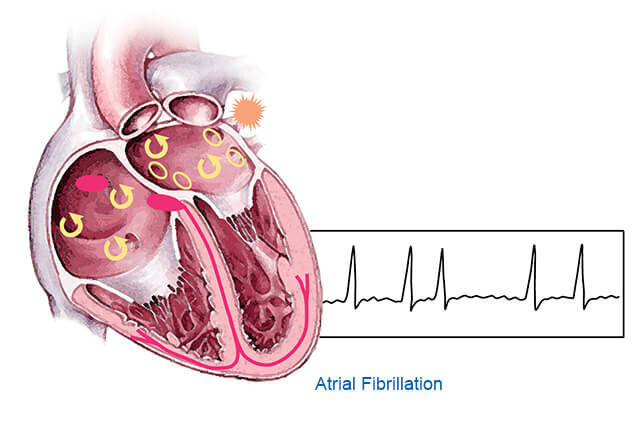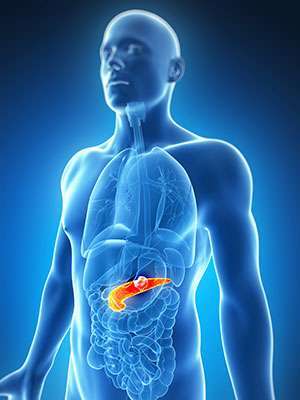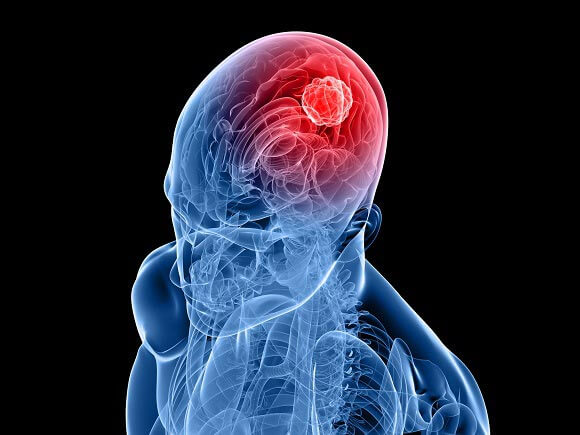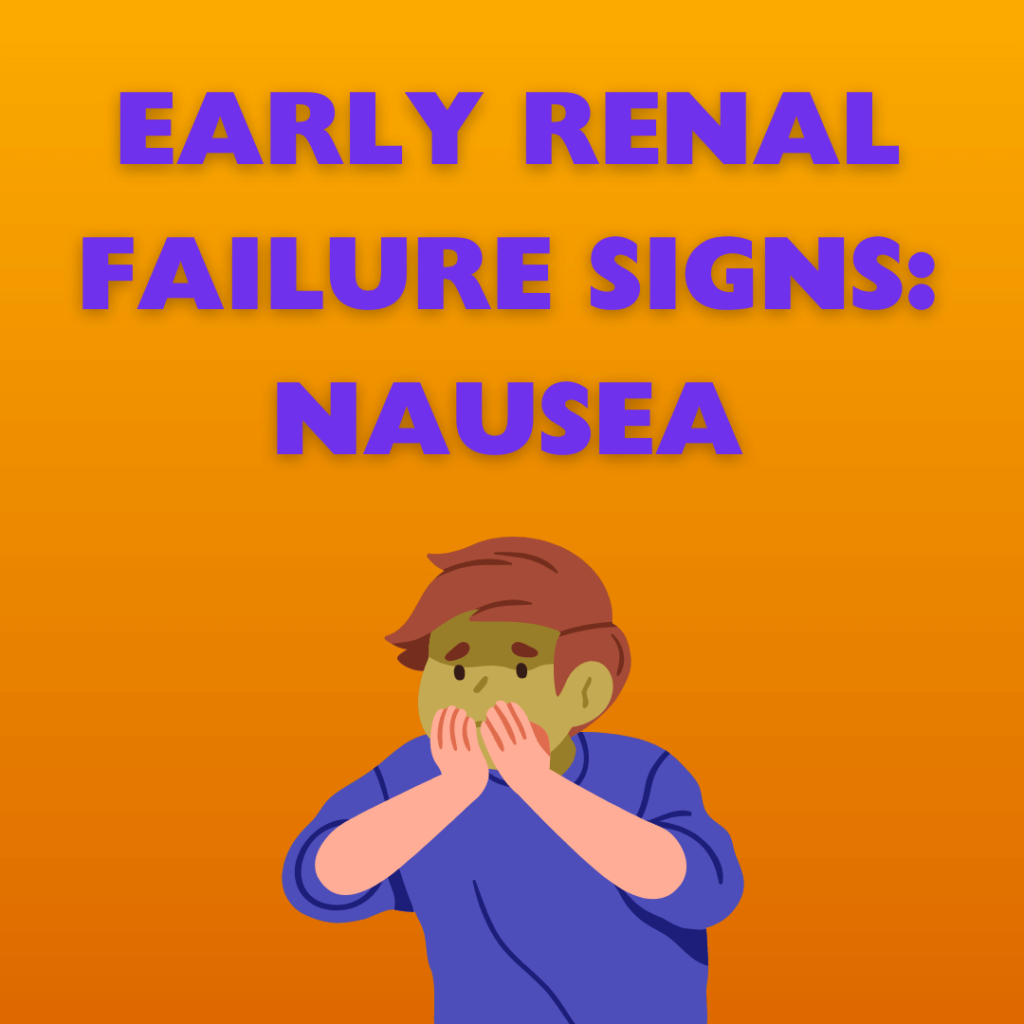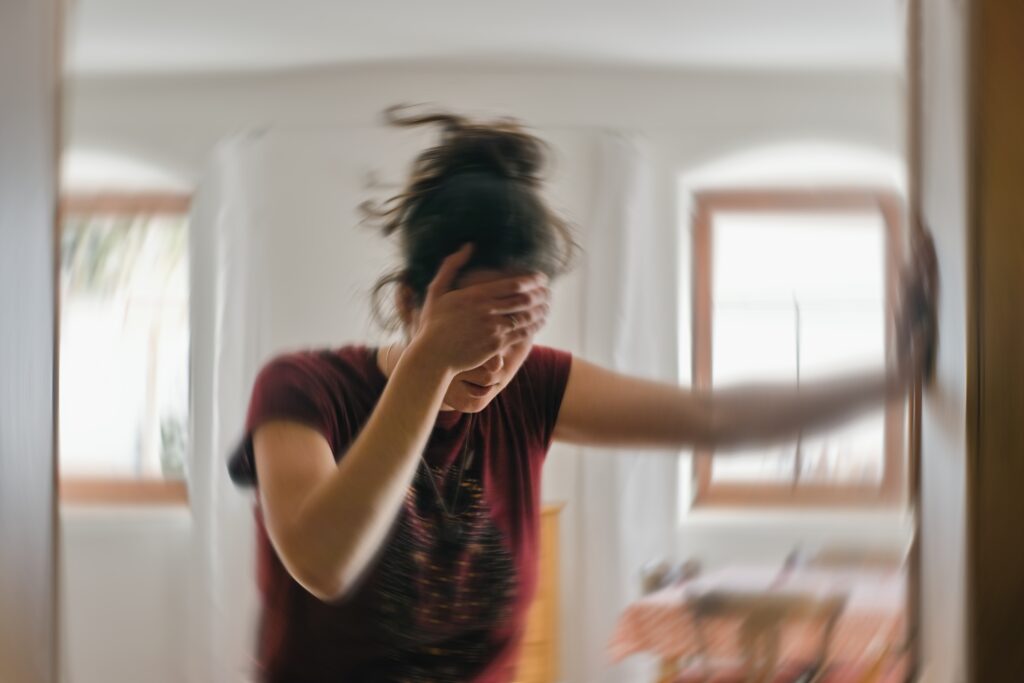
Vertigo and dizziness are among the most common reasons for seeking medical care; these symptoms account for 2% to 3% of all consultations in emergency departments. Women are slightly more likely to have vertigo, a condition that causes someone to feel like they’re spinning or moving even when they’re sitting or standing still. Vertigo is not the same as feeling lightheaded, and it can make the simplest movements difficult, impacting a person’s entire life.
However, vertigo itself is not a disease or illness; instead, it is a symptom of an underlying health condition. It can occur because of problems in your balance system, which includes the vestibular system in the inner ear, the vestibular nerve, the brain stem, and the cerebellum. The cerebellum is a part of your brain that manages motor control, coordination, and sensory perception while regulating balance and your body’s orientation in space. A damaged cerebellum can lead to issues with vertigo and dizziness.
Types of Vertigo and Their Symptoms
The two main types of vertigo are peripheral vertigo and central vertigo. Peripheral vertigo is the most common, and it happens when there is a problem with your inner ear or vestibular nerve. Causes include:
- Benign paroxysmal positional vertigo (BPPV)
- Ménière’s disease
- Vestibular neuritis
- Labyrinthitis
BPPV is an inner ear issue that makes it difficult to turn your head without feeling like the room is spinning. [NIH] It’s most common in people over the age of 50, but it can occur to anyone. The symptoms include:
- Lightheadedness
- Balance problems
- Dizziness
- Blurred vision
- Involuntary eye movements
Ménière’s disease is a disorder that affects the inner ear. Along with vertigo, it also presents with symptoms like tinnitus, congestion in the ear, and hearing loss. [NIH]
Vestibular neuritis can happen when a viral infection attacks the vestibulocochlear nerve in your inner ear. It causes symptoms similar to those of BPPV. Labyrinthitis, another infectious condition, is an inflammation of the part of your inner ear called the labyrinth.
While peripheral vertigo affects the inner ear, central vertigo occurs due to problems that affect your brain, such as an infection, traumatic brain injury, or a stroke. Central vertigo has more severe symptoms than peripheral vertigo. These may include difficulty walking and severe instability when moving, so getting help is vital.
Causes of Vertigo
Vertigo is a symptom, not a disease. Therefore, the cause of vertigo depends on the underlying condition.
Inner ear issues, like viral and bacterial infections, can cause inflammation that leads to vertigo. In contrast, BPPV develops when microscopic calcium deposits get trapped in one of the canals that make up the vestibular system.
Head trauma can damage the delicate vestibular system that controls your balance and orientation in space, leading to vertigo. This is common after vehicular accidents.
Some medications can impact your sense of balance and cause vertigo, especially if they lead to sudden drops in blood pressure or blood sugar levels. The most common medications that cause dizziness are antimalarials, antibiotics, and diuretics.
If you are a woman and older than 50, you are more likely to have vertigo and dizziness. Other potential causes of vertigo include:
- Migraines
- Stroke
- Ear surgery
- Multiple sclerosis
- Muscle weakness
- Low blood pressure
Many conditions cause vertigo, so understanding the underlying problem is the only way to treat this symptom.
Vertigo Treatment Options
Once your doctor understands the reason for vertigo symptoms, they can offer appropriate treatment options.
If you have BPPV, your doctor will likely perform a repositioning maneuver. This maneuver aims to shift the calcium deposits back to where they need to be. Your doctor may turn your head in certain directions at specific intervals. In many cases, the maneuver resolves the vertigo with no further treatment needed.
Vestibular rehabilitation therapy is an option for long-term peripheral vertigo. This treatment involves exercises that include stretching, eye movement training, and even marching in place.
Medications are also available, especially for the treatment of acute vertigo. They may include antihistamines or motion sickness medications. [NIH]
Certain lifestyle changes may improve vertigo symptoms. Many people find that reducing salty and sugary foods can help, as well as increasing water intake. Adequate sleep is also vital, and some recommend supplements like ginkgo biloba.
Living With Vertigo
If you have bouts of vertigo, speaking with your doctor is the most crucial first step. A physician can recommend the right treatment options so you can reduce the symptoms.
Even small lifestyle changes, like drinking more water, can make a difference with vertigo. Your doctor can also offer tips on how to manage a spell, such as lying still in a darkened room.
With the right guidance, you can find your stability once more.
Resource Links:
- “Point prevalence of vertigo and dizziness in a sample of 2672 subjects and correlation with headaches” via National Library of Medicine
- “Peripheral Vertigo” via National Library of Medicine
- “Benign Paroxysmal Positional Vertigo” via National Library of Medicine
- “Ménière’s disease” via National Institute on Deafness and Communication Disorders
- “Vestibular Neuronitis” via National Library of Medicine
- “Vertigo” via Penn Medicine
- “Posttraumatic vertigo and dizziness” via National Library of Medicine
- “Vertigo/dizziness as a drugs’ adverse reaction” via National Library of Medicine
- “Canalith Repositioning Procedure” via Vestibular Disorders Association
- “Vertigo” via National Library of Medicine

